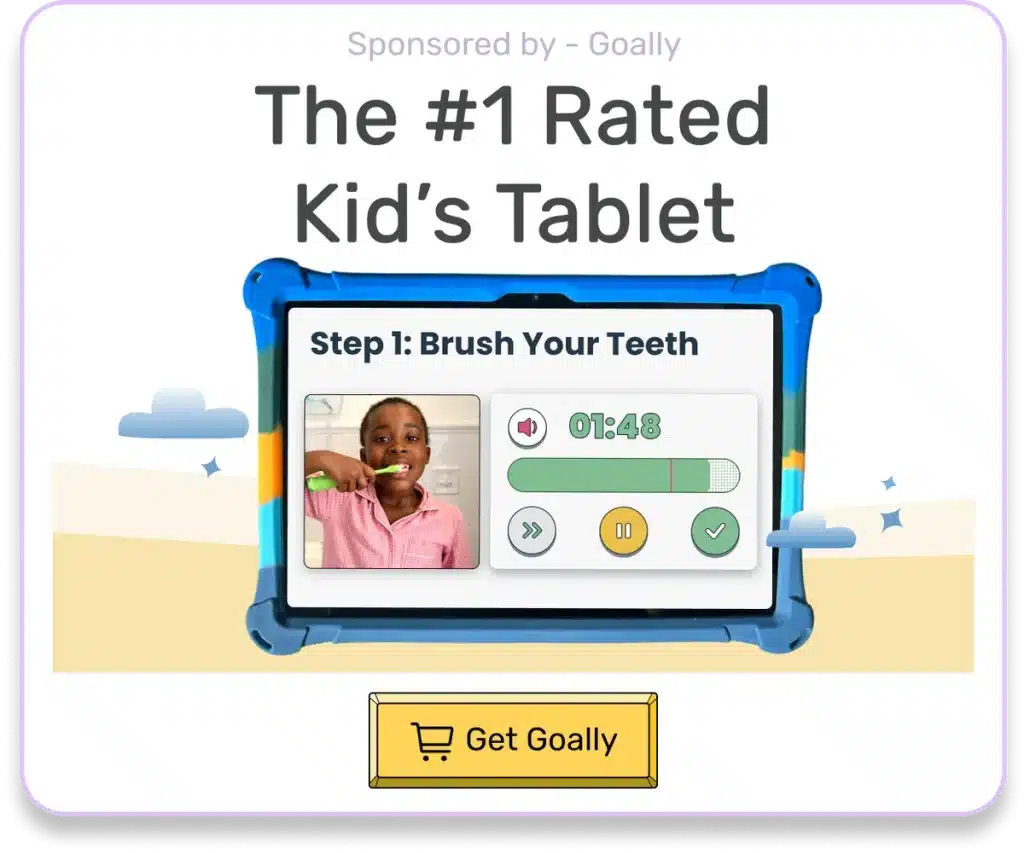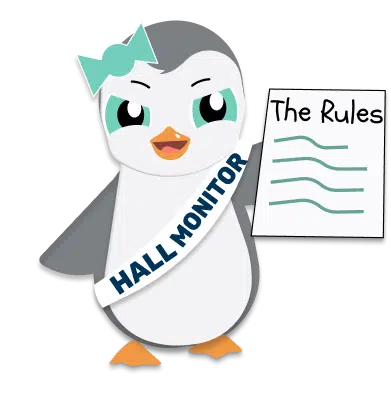We’ve all been there – the tantrums, the endless bargaining, and, oh yes, those puzzled expressions as we try to explain why sticking peas up their nose might not be such a great idea. It’s no secret that guiding our kids’ behavior can be an uphill climb. But what if you had a tool to turn this mountain into an easily navigable hill? Enter: The positive behavior chart.
Table of Contents
A Fresh Approach to Discipline: What’s in it for You?
Shaping children’s actions is often seen as daunting. However, through a unique strategy known as positive behavior chart, we can make this process more manageable and even fun! This approach focuses on reinforcing good conduct rather than punishing misbehavior. Not only does it promote desirable habits in your kids, but it also builds their self-esteem and sense of responsibility.
- Reward Good Behavior: Highlighting right actions over wrong ones fosters positivity.
- Foster Self-Esteem: As kids earn rewards for good conduct, they build confidence.
- Promote Responsibility: Kids become more accountable when they see how actions lead to outcomes.

The Science Behind a Positive Behavior Chart
In essence, a positive behavior chart provides an easy-to-understand framework for children aged 2-12. It rewards good behavior while subtly discouraging undesirable ones. But more than just rewarding or punishing actions, it is based on solid psychological principles.
- Cognitive Behavioral Therapy: This form of therapy asserts that our behaviors are learned responses to stimuli in our environment. We can change our behaviors by altering these stimuli (or reinforcements).
- Operant Conditioning: Psychologist B.F Skinner developed this theory, which posits that humans tend to repeat behaviors that have favorable outcomes.
Making Sense of Positive Behavior Charts
The beauty of positive behavior charts lies in its simplicity; even young toddlers can grasp its concept. It’s a system where you list specific behaviors your child wants to adopt or improve upon (like brushing teeth before bed or helping with chores). Each time your child demonstrates these behaviors, they earn points, which can be redeemed for small rewards. But here comes the question – How do we effectively use them?
Firstly, it’s crucial to clearly define the behaviors you want to encourage. For example, instead of a vague “be good,” opt for specific actions like “share toys with siblings” or “do homework on time.” Secondly, involve your child in setting up the chart. This participation can make them feel more invested in the process. Lastly but most importantly, consistency is key. Be sure to update the chart regularly and provide rewards as promised.
Read more: Behavior Support Plan Example | Parents Guide
Give your kid an independent future. Goally has 15+ learning apps that teach life skills. There are NO web browsers, social media, or YouTube.
Our apps teach executive function, language, emotional regulation, finger dexterity skills, and more. It also 100+ video classes teaching social skills.
The Magic of Positive Reinforcement
Children are naturally inclined towards fun and rewards – a trait that positive behavior charts capitalize on brilliantly. These charts create positive associations in kids’ minds by linking good behavior with incentives (like an extra bedtime story or a favorite treat). Over time, they start repeating these behaviors out of habit rather than expecting a reward.
- Nurture Good Habits: Rewards act as motivation for kids to repeat desirable behaviors
- Create Positive Associations: Kids begin associating good conduct with pleasant outcomes.
- Promote Consistency: Regular updates ensure continuous reinforcement of habits
Read more: 7 Positive Reinforcement ExamplesTailoring Your Chart: Age Matters
A one-size-fits-all approach doesn’t work here; different age groups require different strategies. For younger children aged 2-5, simple tasks like cleaning up toys or washing hands before meals work best. You can use stickers or stars as visual markers, which they love! Meanwhile, during ages 6-9 years old, when children have developed better cognitive abilities, you can introduce more complex tasks like ‘completing homework’ or ‘helping set the table.’ Above all, for older kids aged 10-12 who crave independence – give them tasks that boost their self-reliance, like ‘preparing a simple meal’ or ‘doing laundry.’ Monetary rewards or additional privileges could be an appealing incentive for them.

Making Your Own Positive Behavior Chart: An Overview Guide (with Downloadable PDF)
To help you on this journey, we’ve put together a downloadable PDF. It’s not just any old printable; it’s a guide that will help you design an effective positive behavior chart tailored for your kid.
- Step One: Create categories based on behaviors you wish to encourage.
- Step Two: Assign points or rewards to each behavior.
- Step Three: Maintain consistency and review the chart regularly with your child.

Goally | Apps That Build Behavior & Life Skills for Kids
Want to keep your child motivated while building essential behavior and life skills? Goally’s skill-building tablet is designed to celebrate small wins and help your child grow.
Our Behavior Tracker helps you reward your kiddo for specific skills, like “being kind” or “flushing the toilet.”
By setting clear expectations and rewarding their efforts, you foster a positive environment for your child to flourish in their behavioral skills journey.

To Sum Up
The journey of parenting, while rewarding, is strewn with challenges. But tools like positive behavior chart can make the ride smoother. Not only do they promote positive behaviors in children, but they also help foster their sense of responsibility and self-esteem. In conclusion, as we use these charts consistently and adapt them according to our child’s age and needs, we set the stage for long-term success – one-star sticker at a time! So why wait? Let’s embark on this empowering journey towards positive reinforcement today!
FAQ on Positive Behavior Chart
1. What is a positive behavior chart?
- A positive behavior chart is a tool that can be used by parents to encourage and reinforce good behavior in kids.
2. How does a positive behavior chart work?
- The chart works by rewarding kids for exhibiting desirable behaviors, helping them understand the benefits of behaving well.
3. Can I use a positive behavior chart for my 4-year-old?
- Yes, you certainly can! Positive behavior charts are effective tools for kids aged between 2-12 years old.
4. Are there any downsides to using a positive behavior chart?
- While they're mostly beneficial, over-reliance on these charts may make children associate good actions with rewards only rather than understanding the inherent value of the action itself.
Hennah is an experienced writer and researcher, helping children with autism, ADHD, and other neurodivergent conditions. As a blog contributor for Goally, she combines her deep understanding of neurodiversity with practical advice, offering valuable insights to parents and educators.





